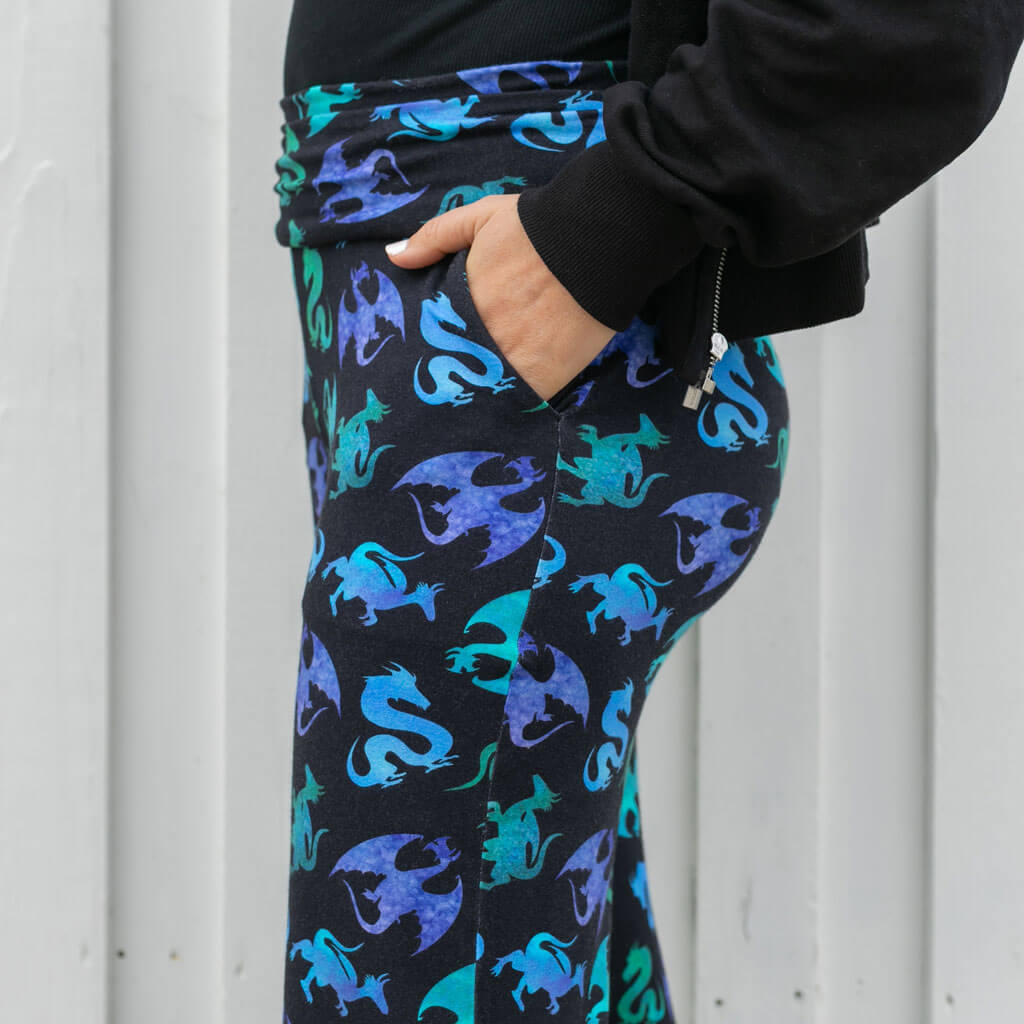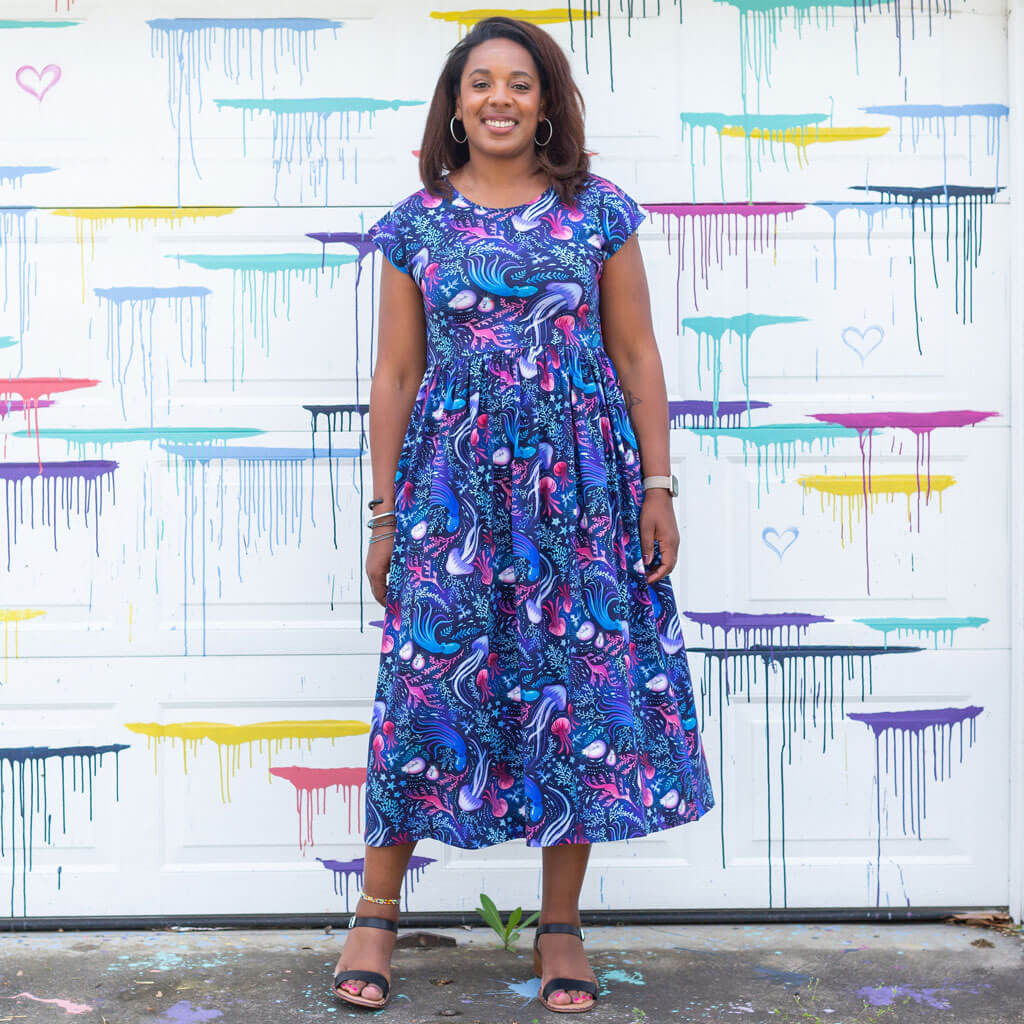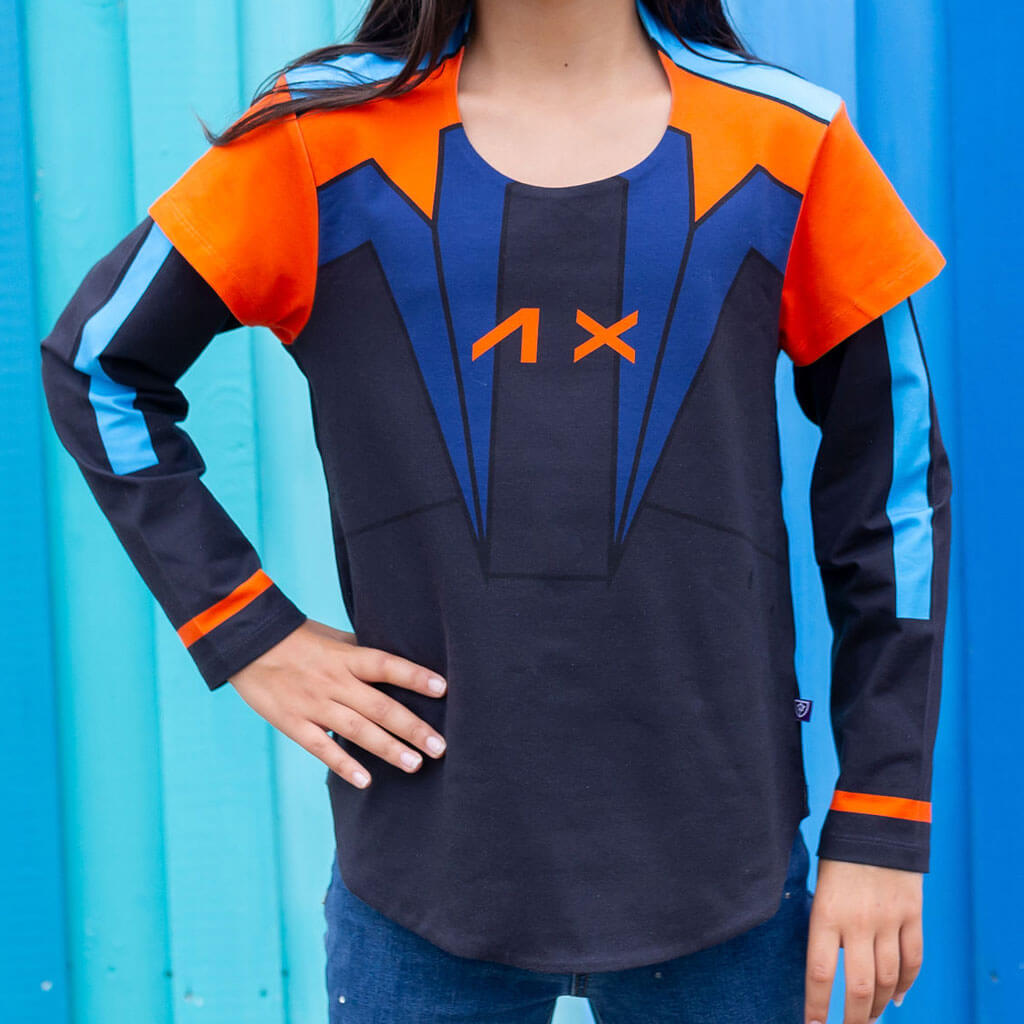Shop Now
New
Sale
Robots, Robots, Everywhere!
April 11, 2019 4 min read
Our guest blogger, Katie, is a student from FIRST Chesapeake, a nonprofit organization dedicated to inspiring the next generation of technology leaders. Using the robot as the vehicle, FIRST Chesapeake reinforces Science and Math concepts through hands on learning while teaching valuable life skills such as leadership, teamwork, and creative thinking. FIRST Chesapeake impacts over 7,000 middle and high school students in DC, Virginia and Maryland.
Known as the “hardest fun you’ll ever have,” Katie competes on a local FIRST Robotics Competition team. Under strict rules, limited resources, and an intense six-week time limit, teams of 20 or more students are challenged to raise funds, design a team "brand," hone teamwork skills, and build and program industrial-size robots to play a difficult field game against like-minded competitors.
Katie answers to our most pressing questions about the robotics team.
1) What is the most exciting part about being on a FIRST Robotics Team?
The most exciting part of being on a FIRST Robotics Team is being able to compete alongside other teams. It is so fun to get to show off your robot, while also meeting new people and seeing how other teams tackled the same challenge.
2) Building a robot is a cool! Tell our readers about the robots you build.
In the past four years, I have built 6 different robots. Each robot had a different purpose, from shooting t-shirts at football games, to throwing balls, to picking up milk crates, but they all are made in similar ways. Every robot that I have been involved in building included multiple systems: drivetrains, manipulators, and sometimes a climber of some sort. They all require electronics and software to make it run, and we also use pneumatic systems (air power) in order to move different manipulators.
These robots aren’t the size you’re probably thinking of. I built one last year that went up to 7 feet tall! They’re really fast too, last year our robot could drive from one basket to the other in a basketball court in less than 6 seconds.

3) What is one piece of advice you would give your 10-year-old self?
I would tell my 10 year old self to get involved in as many projects as possible and to try as many new things as you can. I didn’t get involved in FIRST or anything even remotely technical until my freshman year of high school. I wish I was given the opportunity to do so sooner.
4) If you could build ANY type of robot, what would your robot do?
I have always wanted to build something that would work underwater. It would be a challenge - we would have to use completely different materials than I am used to, and it would require a lot of attention to detail (especially with electronics!) but I think it would be really cool and fun.

5) You build the "drivetrain" part of the robot. Tell our readers about your process for building that part of the robot.
From start to finish, the process of building a drivetrain can be simplified to 3 easy steps: plan, build, and test. Each year, we start by looking at the requirements and deciding on a basic shape, dimensions, type of wheel, and a speed that we need for the challenge. From there, we move to sketching our idea out, then to creating a 3D model on a CAD (Computer Aided Design) software. Once we have figured out exactly what parts we need and how they need to be manufactured, we can begin the fabrication process. We start building by generating drawings of every part from the CAD, and go from there. The drawings tell us what exactly needs to get done to each individual part. From there, we generally start with the metal working. We have aluminum tubing, but it needs to get cut to size and holes need to be drilled. At the same time, someone puts together gearboxes with the correct gear ratio. Once all the individual parts are ready, it’s just a puzzle putting all of them together. Metal is riveted together, wheels are bolted in, and it’s ready to test. And we do. The second we finish the drivetrain, we put electronics on it and test it. Testing is extremely important. Not only does it allow us to find any problems with the physical robot, but it also allows us to find problems in the software.
Once the drivetrain is complete and tested, it is ready to have other systems mounted on it. Soon enough, a pile of metal turns into a robot.
6) Where can we see these robots?
Every year after we finish our robots, we get to travel to competitions and compete with other teams of people who build similar robots. These competitions are a really big deal, and hundreds of students come to show off their robots.
FIRST Chesapeake hosts seven FIRST Robotics Competition district events and one championship. All competitions are free and open to the public. Please join me at FIRST Chesapeake District Championship at George Mason University on April 12th and April 13th, or visit our complete list of competitions.

7) If you could design a dress for girls, what would you put on it?
I would most definitely put gears on it. I love building gearboxes and doing math for gear trains, and incorporating it into fashion would be awesome!
8) If you could have one super power, what would it be and why?
100% telekinesis. I would be the multitasking queen. I could do homework and work on the robot at the same time! My efficiency would be through the roof!
Leave a comment
Comments will be approved before showing up.
Subscribe
Sign up to get the latest on sales, new releases and more …







